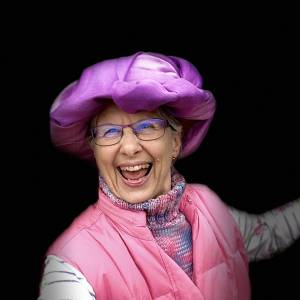DERELICT CASTLE AT LUDGERSHALL
We decided to skip church this morning - but the good thing is that we can watch when we want to, because it was live-streamed - and went out for the day together. After all the excitement of the last two weeks, we both needed just to relax.
I had seen information about a derelict castle at Ludgershall, Wiltshire, which is 22 miles south of Swindon, so that was where we headed. It was a very pleasant drive, taking us through Savernake Forest near Marlborough and only took us about forty minutes.
When we arrived in Ludgershall, we knew it was in Castle Street and we could see the ruined tower from the road. We had to climb up quite a steep pathway to get there, but it was well worth the climb. I took lots of shots on the way up and when we got to the top - and the great thing about England - and I’m sure they do this elsewhere - is that there are information boards around, telling you more about the site etc.
We learned from the boards that Ludgershall Castle was built as a medieval fortress in the late 11th century and passed into Crown ownership in 1100 - so a long time ago - around earthworks of an Iron Age fort. King Henry III, who inherited the castle from his father, King John, transformed it into a luxury residence and a hunting lodge for the adjacent parks and the nearby Royal Forest of Chute, where incidentally, we sat and had our picnic! If it was good enough for Royalty, it was good enough for us!
King Henry III extended and improved the castle’s Royal Apartments, next to the Great Tower and the ruins of these can be seen in the bottom left of the collage. These apartments contained the King and Queen’s Chambers and at least two chapels. A Great Hall was added in about 1240, which was the last major upgrade. The castle continued to be regarded as a Royal manor but by the end of the 15th century it had ceased to have any real role and in the 1540s the castle buildings were largely demolished and the grounds were landscaped into a garden, but the castle’s Great Tower was retained as an ornamental feature.
It was obviously a wonderful castle in its day and today, hundreds of years later, we found it all very accessible and well kept - and if you want to read more about it, you can read more here on the English Heritage website.
There were quite steep slopes down to the ditches and then back up again, but we managed, with care. It was obviously a popular place for families and the children seemed to have no problem running up and down the slopes although the parents weren’t quite as fast. We wandered back to the car through a wooded area, and will certainly go back there sometime - it will be quite beautiful in the autumn.
The collage I have put in as an extra shows a thatched cottage at the top left with a beautiful English country garden, with a much older thatched cottage at the bottom left, named Keep Cottage. Just along the road was a newly thatched cottage with figures of foxes and rabbits on the top, very unusual. To finish off our wonderful day, we stopped to see a beautiful field of sunflowers on the Hungerford to Salisbury road. Mr. HCB called me to see a little deer poking its head above the corn quite a distance away, but I managed to just about catch the top of its head and ears with the long zoom on my Canon camera.
All in all a lovely day - we both felt very tired when we got home, so instead of a roast dinner, we just had scrambled eggs and baked beans - and very nice it was too - guess I will be cooking a roast tomorrow!
“Every big castle was once started
with a single block;
despise no small beginnings -
a little step taken every day
builds up the hope of greater accomplishments;
do something every day!”
Israelmore Ayivor


Comments
Sign in or get an account to comment.


